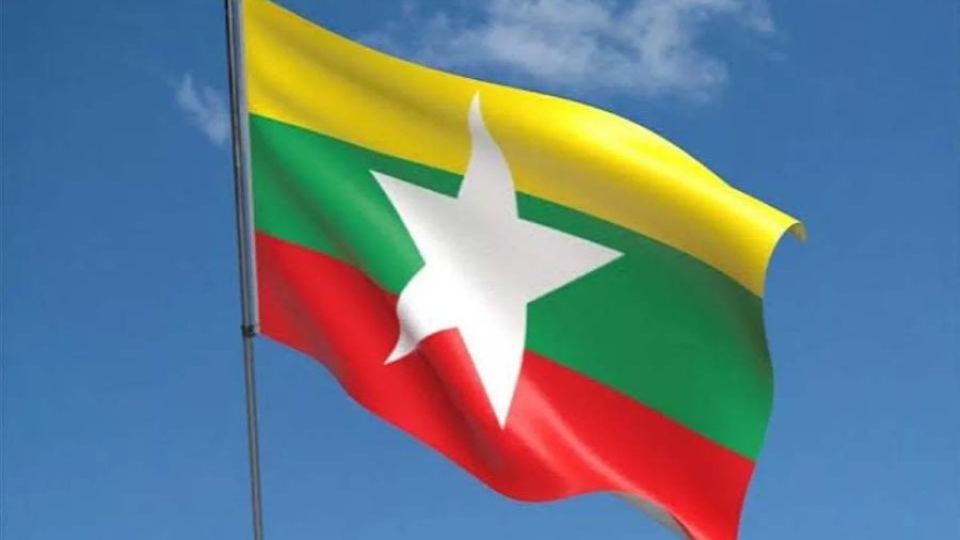September 25, 2024
NEW DELHI – India’s diplomatic approach toward the Myanmar conflict is undergoing a subtle yet potentially transformative shift. By extending an invitation to political and military opponents of Myanmar’s junta for a seminar in New Delhi, India signals a recalibration of its stance. This marks a significant moment in India’s Myanmar policy, reflecting both geopolitical concerns and internal security interests.
The seminar, which reportedly includes representatives from Myanmar’s National Unity Government (NUG) and ethnic rebel groups, such as those from Chin, Rakhine, and Kachin, represents India’s first formal engagement with the anti-junta forces. Given that Myanmar has been embroiled in a civil conflict since the military’s 2021 coup, India’s gesture is both timely and pragmatic. The situation along their shared 1,650-kilometre border has become increasingly volatile, with rebel forces seizing significant swathes of territory from the military. This growing instability directly threatens India’s northeastern region, as well as its infrastructure projects in Myanmar. What stands out in India’s move is its delicate balancing act. For years, India has maintained relations with Myanmar’s junta, even as Western nations imposed sanctions and condemned the regime.
By not severing ties, India avoided alienating Myanmar’s military, which could have driven the regime closer to China ~ a rival that already wields significant influence in Myanmar. At the same time, India refrained from openly criticising the junta, preferring to pursue a more neutral stance that protected its own strategic interests. Yet, the civil war in Myanmar has escalated to a point where border instability is no longer a distant concern but an immediate threat. India’s investment in infrastructure projects like the Kaladan port and road projects, designed to boost connectivity between its north-eastern states and Southeast Asia, could be severely undermined by the conflict. The economic and security implications of an unstable border have likely prompted India to take a more proactive approach in addressing the internal dynamics of Myanmar.
Engaging with the NUG and ethnic rebel groups signals India’s intent to be seen as a mediator in Myanmar’s protracted conflict. While ASEAN’s peace efforts have faltered, with little progress since the 2021 unveiling of its five-point consensus, India’s willingness to engage with “all stakeholders” could fill a crucial void. However, the exact objectives of this engagement remain unclear. Is India attempting to pressure the junta into adopting a more conciliatory approach?
Or is this a strategic hedge, signalling that New Delhi is prepared to work with alternative powers within Myanmar should the junta’s grip on power continue to weaken? Regardless of the intent, this shift opens a new chapter in India-Myanmar relations. By inviting Myanmar’s antijunta forces, India not only safeguards its own security and economic interests but also positions itself as a key player in shaping Myanmar’s future. Whether this leads to substantive change remains to be seen, but the invitation is a bold step that underscores India’s growing regional influence.


